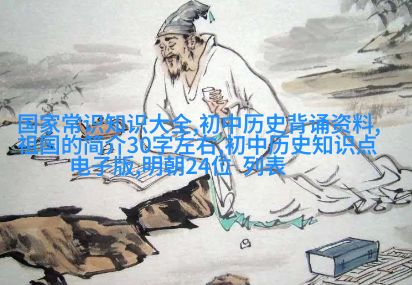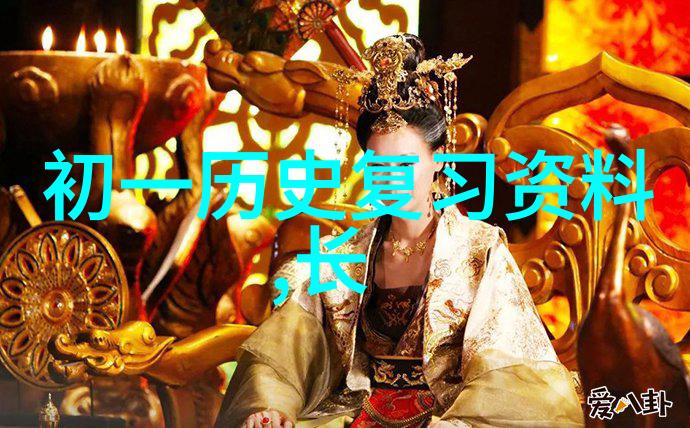
明朝历史用英语怎么翻译-Unveiling the Mystique of Ming Dynasty
Unveiling the Mystique of Ming Dynasty History: A Guide to Translating Key Terms into English

The Ming dynasty, which lasted from 1368 to 1644, is a fascinating period in Chinese history. To delve deeper into its rich culture and politics, understanding key terms in English translation is crucial. In this article, we will explore how to translate "明朝历史" (Ming dynasty history) and related terms.
To begin with, let's examine some fundamental vocabulary that can help you navigate through Ming era literature:

明朝 - The Ming Dynasty

历史 - History
政治 - Politics

文化 - Culture
社会结构 - Social Structure

Now that we have established these basic terms, let's look at more specific concepts relevant to the Ming dynasty:
宫廷斗争 - Court Intrigues
文人画派 - Literati Painting School
科举制度 - Imperial Examination System
清兵入关战役(明清易主)- Battle of Tumu or the War of Resistance Against the Qianlong Army
By incorporating these terms into your reading materials or research papers about the Ming dynasty, you'll gain a better comprehension of this significant period in Chinese history.
In conclusion, translating "明朝历史" (Ming dynasty history) requires an understanding of both historical context and linguistic nuances between Chinese and English languages.
As you embark on your journey through time exploring the intriguing stories from China's past—particularly those during the illustrious reigns under Zhu Yuanzhang (the Hongwu Emperor), Yongle Emperor (who commissioned Admiral Zheng He's maritime expeditions), Jiajing Emperor known for his eunuchs' power struggles—and others who shaped their nation—you'll find yourself captivated by their experiences as they navigated cultural shifts while maintaining traditions over centuries.
While immersing yourself within ancient dynasties may seem daunting at first glance due to language barriers but remember that there are resources available for assistance such as dictionaries and translation tools specifically designed for historical texts like Pleco Dictionary or Hanzi Grids along with online forums where scholars share insights on how best approach translations without losing context accuracy when working between languages like Simplified Chinese vs Standard Mandarin; Traditional vs Simplified characters etcetera., it becomes much more accessible than ever before!



